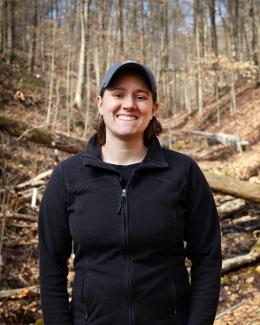Abstract
Machine learning (ML) models, and Long Short-Term Memory (LSTM) networks in particular, have demonstrated remarkable performance in streamflow prediction and are increasingly being used by the hydrological research community. However, most of these applications do not include uncertainty quantification (UQ). ML models are data driven and can suffer from large extrapolation errors when applied to changing climate/environmental conditions. UQ is required to quantify the influence of data noises on model predictions and avoid overconfident projections in extrapolation. In this work, we integrate a novel UQ method, called PI3NN, with LSTM networks for streamflow prediction. PI3NN calculates Prediction Intervals by training 3 Neural Networks. It can precisely quantify the predictive uncertainty caused by the data noise and identify out-of-distribution (OOD) data in a non-stationary condition to avoid overconfident predictions. We apply the PI3NN-LSTM method in the snow-dominant East River Watershed in the western US and in the rain-driven Walker Branch Watershed in the southeastern US. Results indicate that for the prediction data which have similar features as the training data, PI3NN precisely quantifies the predictive uncertainty with the desired confidence level; and for the OOD data where the LSTM network fails to make accurate predictions, PI3NN produces a reasonably large uncertainty indicating that the results are not trustworthy and should avoid overconfidence. PI3NN is computationally efficient, robust in performance, and generalizable to various network structures and data with no distributional assumptions. It can be broadly applied in ML-based hydrological simulations for credible prediction.





